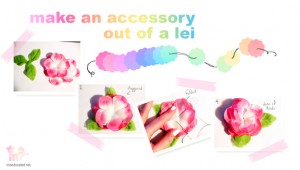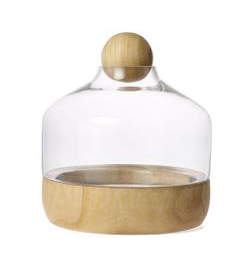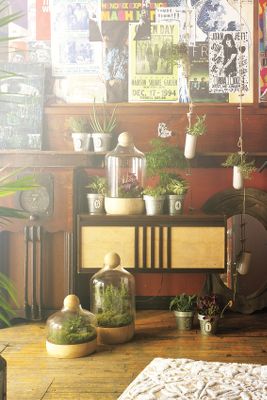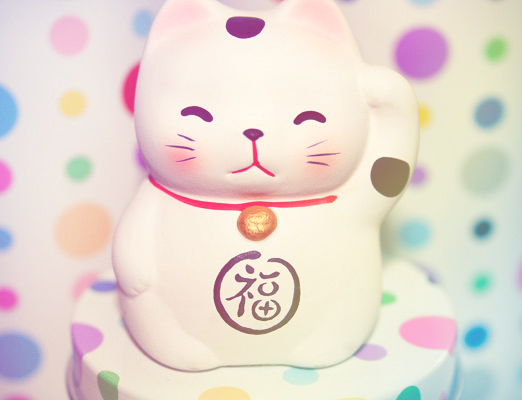Fictional characters are mysterious beings. They have no real life but to us, they can be very real. People talk about them as if they were real and the things they did actually happened. To make a character that will live in the imaginations of other people, they first need to mean a lot to you as their creator. It’s true that a great character is what keeps a story going (and keeps you reading) so if you want to tell a memorable story, you will need to think up a great character. How do you do that?
Combine things you love to make a character you care about. If you’re interested in the Victorian era, maybe your hero/heroine is from this age in history? Be prepared to do some research to make your character believable. If you’re into science fiction or fantasy, you will have more creative freedom, but you will need to do some “world building”, and create your own setting around your character.
Name your character. The name of your character is more important than you might initially think. It gives your reader the very first impression of their age, personality and where, or when, they are from. A character that goes by a nickname like “Chip” or “Bruiser” already gives you a pretty clear idea of what they’re like.
Give them physical characteristics. Not only looks like eye color or height, but individual mannerisms, how they move and how they talk. Look at real life examples that you’ve noticed in other people. Maybe they overuse certain words or phrases or maybe they walk with a shuffle?
What are their strengths? Memorable characters have a lot of inner strength, a saving grace or a talent or two. Make your characters determined in the face of opposition, sad but still strong when they feel unloved. Give them a sense of humor or a need to help others.
What are their shadows? To understand shadows, it helps to look at yourself and the not-so-lovely things about your personality. Don’t make your character a carbon copy of yourself or someone else, but it helps to build ideas from real life. What are your character’s shortcomings and include some quirks. Its important to make your characters saving grace/s outweigh their shadow… unless you’re coming up with a villain. Still they need some part of their personality, a very small one, to be sympathetic.
Give your character loved ones and foes. Most of the time, your story wouldn’t be much without at least a few other characters. Give them a best friend, a mentor, an ex that dragged them through the mud, someone that stands in the way of their goals, or a love interest. These other characters should have a great influence on your main character.
How will they evolve? No character should stay the same throughout the course of a story. Your hero or heroine needs to have learned something and changed for the better, even after you put them through hell.


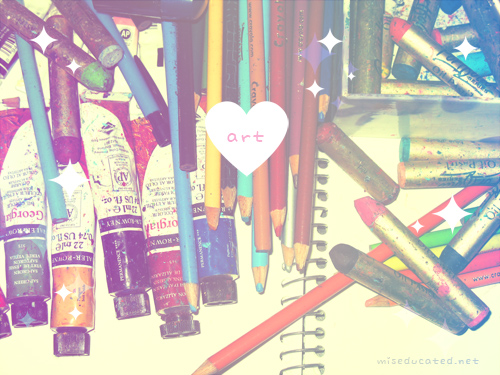
 Fine sand (from the beach or from the store)
Fine sand (from the beach or from the store)